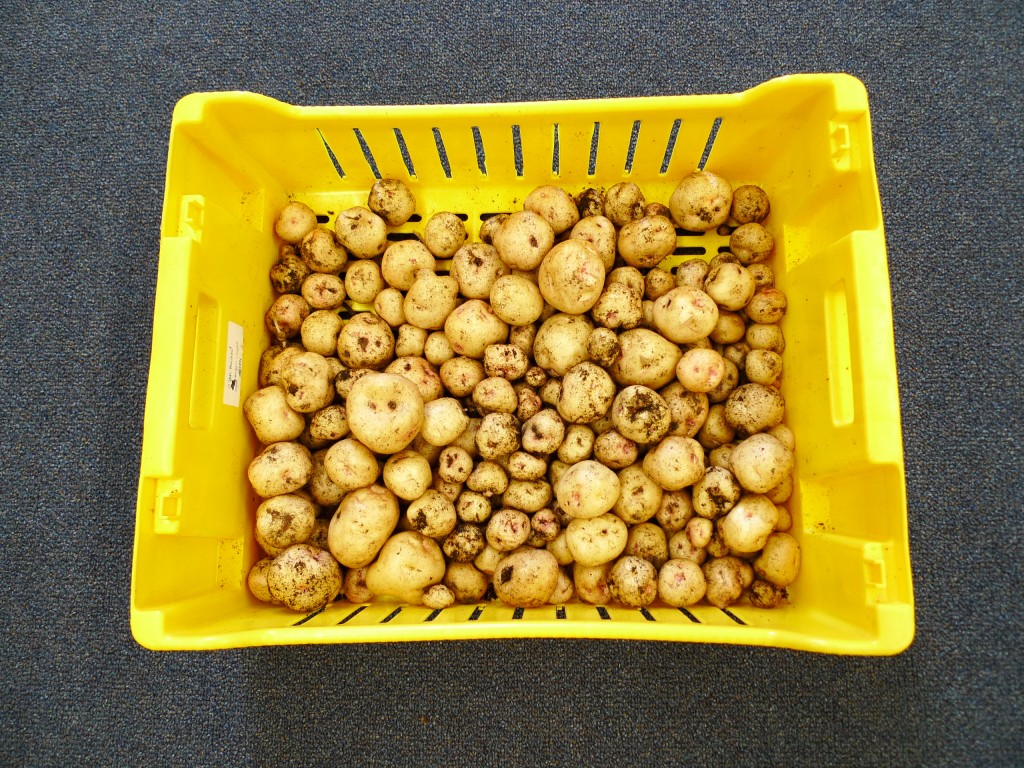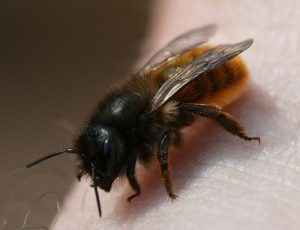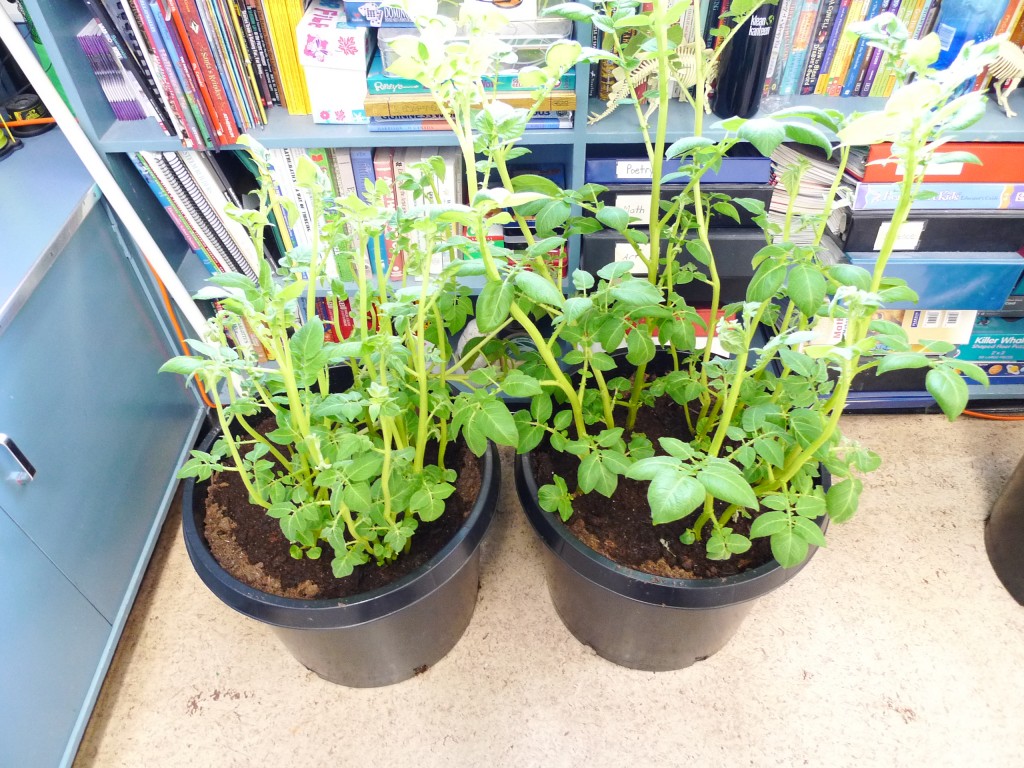We are fortunate to live in a province with so much natural beauty. Sometimes when I’m out hiking and exploring, I’ll take some video with my drone. A drone is an amazing piece of technology, but it must be used responsibly. Can you see the fishing black bear in the video? What’s your favourite part of the video? Do you like the music? In the lower right hand corner is a button you can click to see the video full screen.
Category Archives: Science
Let’s Go Fly A Kite
We will soon be colouring and constructing our kites in the classroom. To get you excited about flying your kite here is a video from Mary Poppins. Please feel free to leave a comment.
Mason Bees
On Friday we had a visit from a retired beekeeper. He taught the class all about Mason bees which are hard working pollinators. Mason bees are gentle, solitary and they are not destructive insects. Six Mason bees can pollinate one fruit tree compared to 10,000 honey bees. Mason bees partition and seal their nesting chamber with mud. They forage in a limited range of about 100 metres. Only the female stings when she faces serious danger and her sting is similar to a mosquito bite. People of all ages are safe around these super pollinators.
Cassini Probe Orbiting Saturn
Some people say that Saturn is the most beautiful planet in our solar system. The Cassini probe has been orbiting Saturn since 2004. On November 30, 2016 it started a series of orbits that will bring it closer to Saturn’s rings than ever before. Scientists hope to learn more about the rings and some of Saturn’s moons. Please feel free to leave a comment after watching the video.
The Fox
In class we are listening to the story Pax by Sara Pennypacker. Below is a video of a fox hunting in the winter for mice in Yellowstone National Park in Wyoming, U.S.A. Please feel free to leave a comment.
The Northern Lights
In the winter many people visit the Yukon, Northwest Territories and Nunavut to see the Northern Lights or Aurora Borealis. Below is a video from the University of Oslo that does a very good job of explaining what causes this natural light display. In the southern hemisphere the lights are called the Aurora Australis.
Harvesting Our Potatoes
On Thursday we harvested our five tubs of potato plants. We had planted the potatoes just before Spring Break and initially they grew next to the window in our classroom. Eventually they were moved to our school garden, in the courtyard area, where we patiently watered them every day. When we turned the tubs over and emptied the soil onto our drop sheet we found nearly 200 Warba potatoes of various sizes. Each student took home a paper bag with approximately ten potatoes. Hopefully, the students will eat these delicious vegetables.

Potato Plants
Sound
Here is a Science video about sound. Leave a comment after watching the video.
Static Electricity
Watch the video and leave a comment below. Did you like the video? Would you like to see more Science videos on our class blog?



